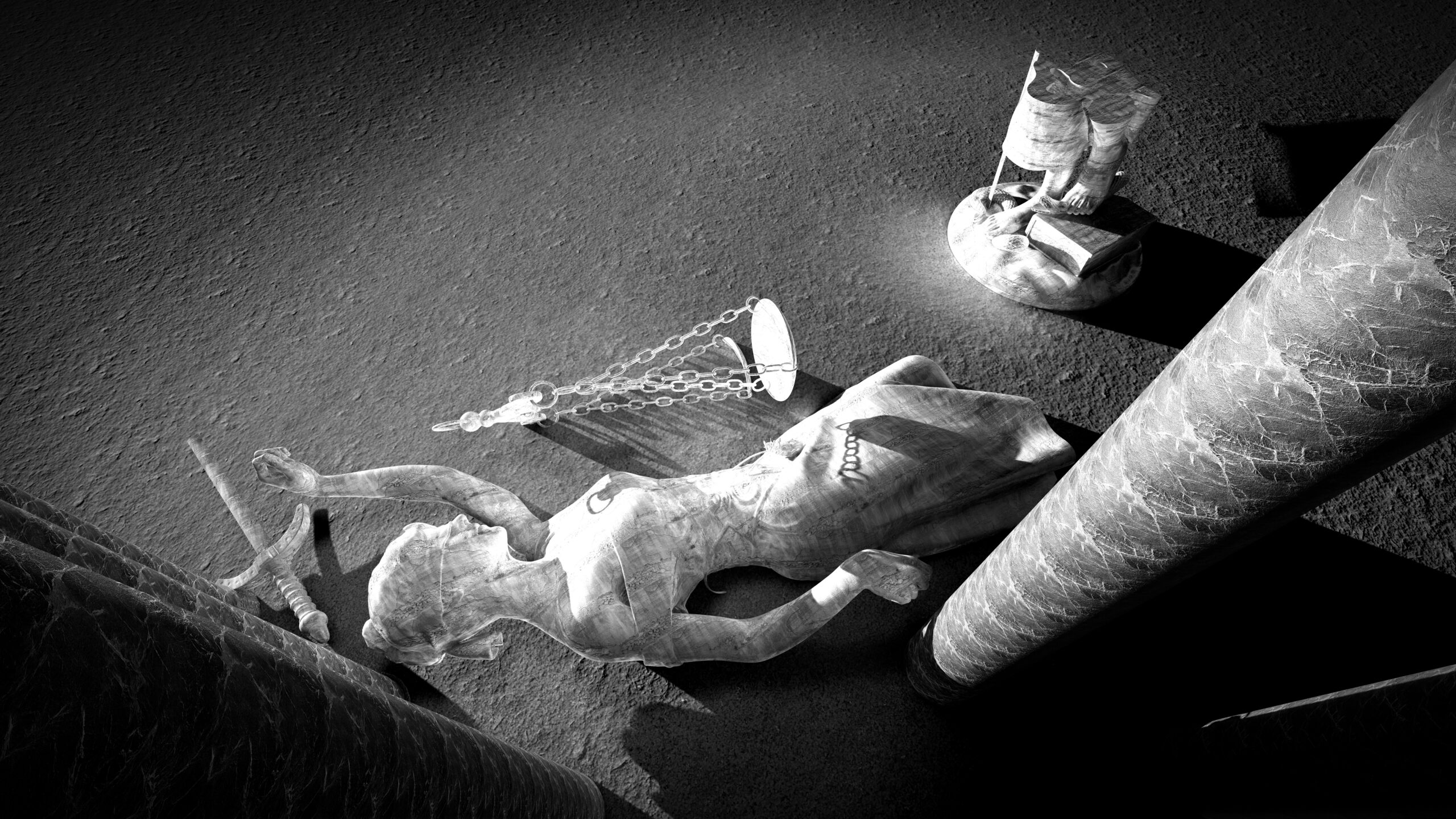Provisional Describes “Incompressible Solid” Despite Disclosure Of “Little” Compression | Jones Day
In a recent decision denying institution, the PTAB rejected Petitioner Mercedes Benz USA’s argument that the challenged patent was not entitled to the filing date of its provisional application. Mercedes-Benz USA, LLC v. Westport Fuel Systems Canada Inc., Case IPR2023-00351, Paper No. 10 (June 20, 2023). The Petitioner had sought to establish a later priority date in order for its main asserted reference, Gottlieb, to qualify as prior art. To show sufficient written description support, the provisional must reasonably convey to those skilled in the art that the inventor had possession of the later-claimed subject matter as of the provisional’s filing date. Ariad Pharms. v. Eli Lilly & Co., 598 F.3d 1336, 1351 (Fed. Cir. 2010). This inquiry is a question of fact. Id. Finding that the provisional application did provide sufficient written description support for the challenged claims, the PTAB disqualified Gottlieb as prior art, which outcome was “fatal” to the petition. Decision Denying Institution, at 13.
The challenged patent relates to high pressure fuel injection valves or injectors for internal combustion engines. The Petitioner argued that two claim limitations did not have written description support in the provisional application. First, the Petitioner argued that the limitation of claim 41 requiring that the “hydraulic fluid acts as an incompressible solid” was not disclosed in the provisional. The Petitioner argued that because the provisional application disclosed that there would be some compression of the hydraulic fluid (causing displacement) during an injection when forces are applied,” it did not teach an incompressible solid. Decision, at 9-10. The relevant portion of the provisional application stated, “[T]here is little displacement due to the compressibility of the chosen hydraulic fluid.” Petition, Paper 1, at 18 (emphasis added). Second, the Petitioner argued that the provisional failed to provide disclose for the limitation of claim 1 that the “hydraulic fluid thickness … being substantially constant while said actuator assembly is activated and wherein said thickness of said hydraulic link is adjustable while said actuator is not activated.” Decision at 9.
The PTAB addressed the Petitioner’s arguments in reverse order. The PTAB cited to the portion of the provisional application describing that during actuation, hydraulic fluid becomes “trapped” inside a hydraulic cavity. Because the actuation occurs suddenly, the hydraulic fluid “does not have time to flow around the piston” and instead “acts as a solid and transmits the movement of the magnetostrictive material 40 to the needle valve 14.” Decision at 12. The PTAB found that “one skilled in the art reasonably would have surmised that, in order for the trapped fluid within the cavity to act as a solid and transmit force, its thickness must remain unchanged, or, in the words of claim 1, be ‘substantially constant.’” Decision at 12. The PTAB found that these disclosures “reasonably convey to one skilled in the art that the inventor had possession of the hydraulic link limitation of claim 1, including it having a substantially constant thickness.” Id.
As for claim 41, the PTAB focused not on the “incompressible solid” part of claim language, but on the claim language immediately following, that is, the “hydraulic fluid acts as an incompressible solid so that movement caused by the actuation of said dimensionally responsive member is transmitted through said fluid layer.” Id. at 12. The PTAB found that the provisional application provided support for this limitation because it described that the hydraulic fluid “acts as a solid and transmits the movement of the magnetostrictive material 40 to the needle valve 14.” Id. at 13. The PTAB did not explicitly address the Petitioner’s cited portion of the provisional stating that there was “little displacement due to the compressibility” of the hydraulic fluid. In the end, the PTAB concluded that based on the provisional application’s description, “one skilled in the art reasonably would have surmised that, in order for the trapped fluid within the cavity to act as a solid and transmit force, it would act as an incompressible solid.” Id.






